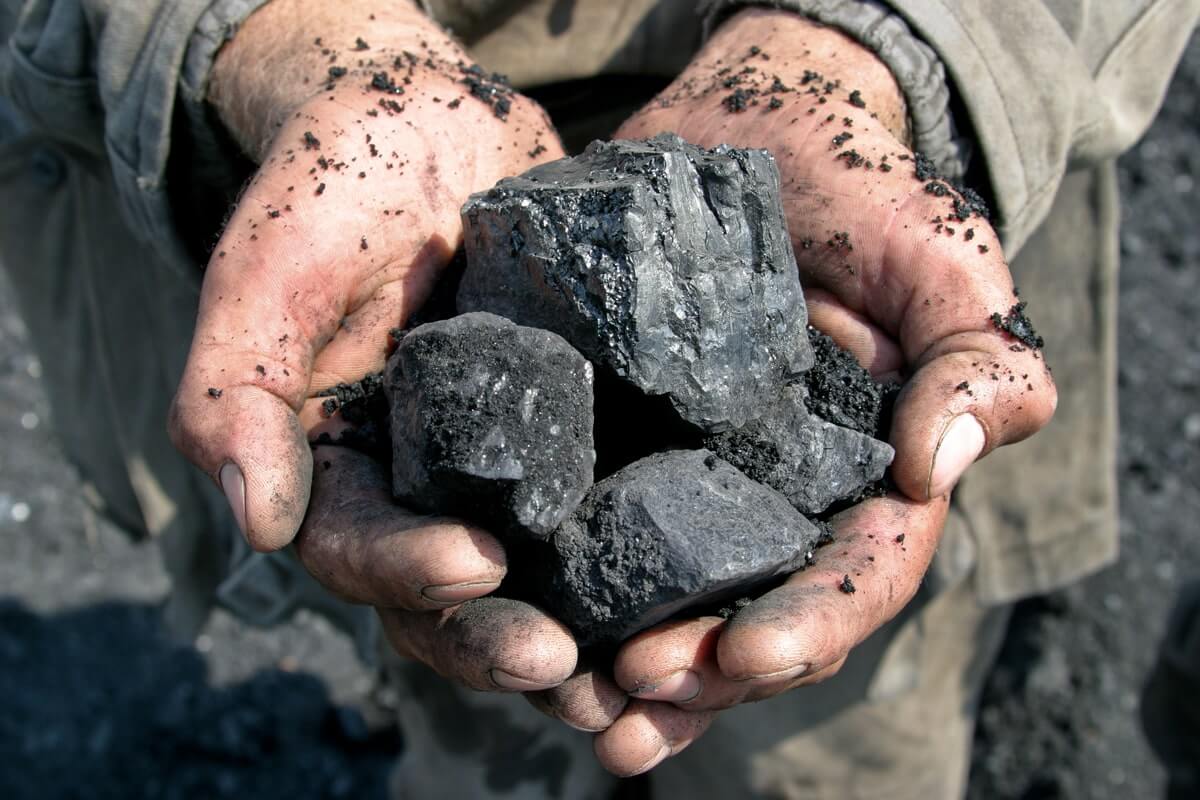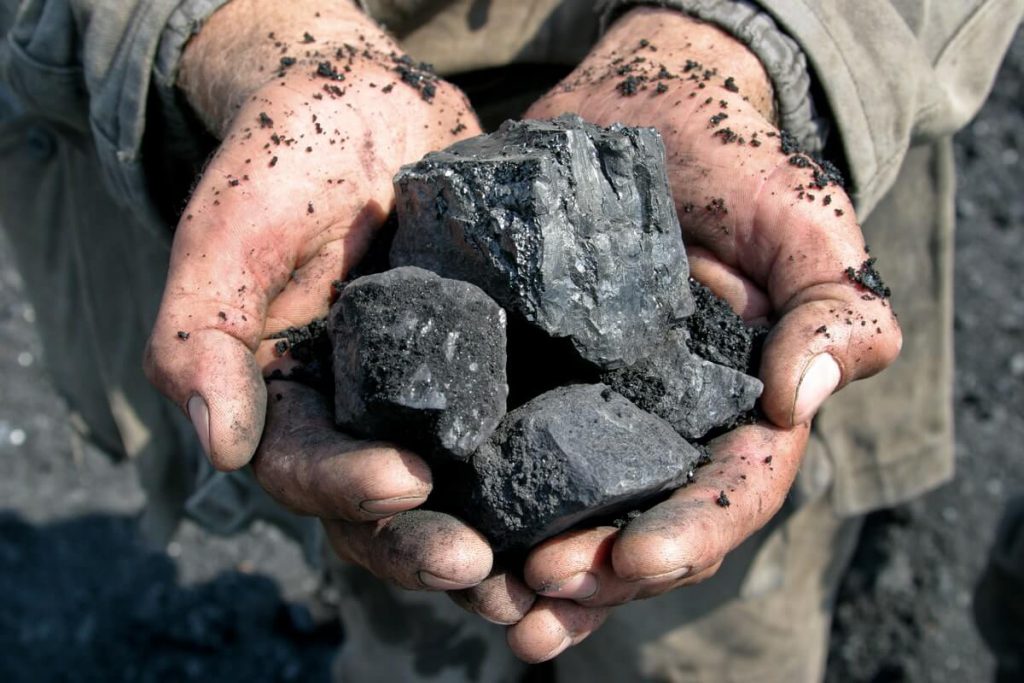
A coal shortage in Asia
China is not the only Asian nation facing an energy crisis; India is also on the verge of a power outage.
When the economy is improving and driving up electricity demand, most of India’s coal-fired power facilities have critically low coal inventories. Coal accounts for around 70% of India’s electrical generation. According to Kunal Kundu, India economist at Societe Generale, a potential power crisis would immediately impact India’s embryonic economic recovery, led by industrial activity rather than services. According to government data, as of Oct. 6, 80 percent of India’s 135 coal-powered facilities have less than eight days of supplies remaining. More than half have reserves worth two days or less.
According to Hetal Gandhi, director of research at rating company CRISIL, a subsidiary of S&P Global, the average coal stockpile that power plants possessed over the last four years was roughly 18 days worth of supply.
State-owned Coal India, which accounts for more than 80% of India’s coal output, reportedly announced last month that it would increase utility supplies to address the coal shortage in power plants.
How did we end up here?
The current problem results from a combination of supply factors and decreased coal imports. Between April and August, India experienced a surge in power demand. It arrived as the economy began to recover from a disastrous second wave of Covid-19. According to Gandhi, the economic rebound was more rapid than many had predicted. According to Gandhi, thermal power providers have had low coal inventories and didn’tt foresee this year’s surge in electricity demand.
Other electrical generation sources, such as hydropower, gas, and nuclear, have also fallen. One of the factors, according to Gandhi, was an unevenly distributed rainy season. The production of hydropower, or water power, was harmed in some locations due to a lack of rainfall.
Other issues, she noted, included a dramatic spike in petroleum prices as well as maintenance shutdowns at nuclear power plants. All of this resulted in a rise in coal-fired electricity generation.
According to Sandeep Kalia, principal analyst at Wood Mackenzie, logistical challenges caused by the monsoon season also hampered coal supply, even though Coal India has sufficient pithead supplies zip. During the rainy season, numerous routes tend to flood, making transit more difficult.
Why is the availability of coal dwindling?
Despite having a substantial coal reserve, India is the world’s third-largest coal importer. However, the growing disparity between skyrocketing international and domestic coal prices has resulted in a dramatic drop in imports in recent months.
Power plant coal imports plummeted 45 percent in July and August compared to the same period last year. India’s non-power industries became more reliant on domestic coal, according to Kalia. Non-power industries like aluminum, steel, cement, and paper typically use a large amount of coal to generate heat. Transportation expenses, for example, are growing as the world economy slowly recovers from the pandemic. Owing to increased demand for cargo and port congestion. Coal prices in India are primarily determined by the state-owned company Coal India. As a result, domestic prices do not rise as much when international prices rise since electricity prices and inflation — utility firms cannot pass on higher costs to most consumers.
What could happen next?
With the Christmas season in India beginning this month, when consumption typically peaks, power demand might grow even further – a situation that could get worse if worldwide demand for Indian products rises significantly. Coal India, for its part, has reportedly increased supply to compensate for some of the shortage. Given India’s reliance on thermal electricity, domestic coal providers may divert their supply to thermal power plants rather than industries such as steel and cement, according to Societe Generale’s Kundu.


